
The Park
In this lively area of Jersey City, New Jersey, my pocket park aspires to be a place for the Newport community to unwind in. Sitting on the abandoned pier, it will utilize its relatively isolated location, the relaxing quality of water as well as breathtaking scenery of the New York skyline to establish a calming atmosphere. Therefore to incorporate its environment, the overall floor plan will be very open. Specifically though, its design aims to be in the middle of the surrounding recreational areas – more than the benches of the Hudson River Waterfront Walkway but less than the bustling playground and other amenities of the Newport Green Park. Instead, my park will have various sections – an indoor space, seating areas, etc. – so one can socialize but also enjoy some kind of privacy if he wants to. To accommodate the younger visitors, a section will also be allotted for a play area. However to keep the serenity of the park, it will not be as frenzied as in a regular playground. With the ongoing construction of the redevelopment plan and the ever-increasing foot traffic of the neighborhood, the pocket park hopes to be a peaceful escape for the community.
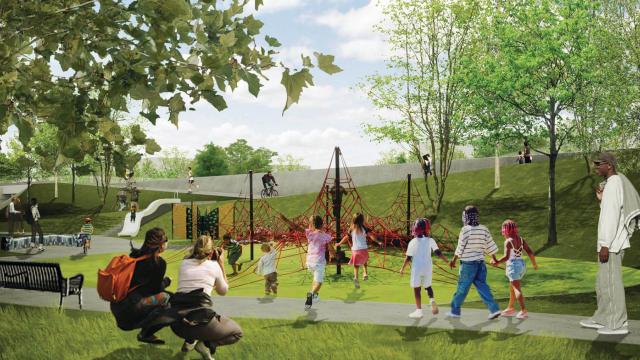
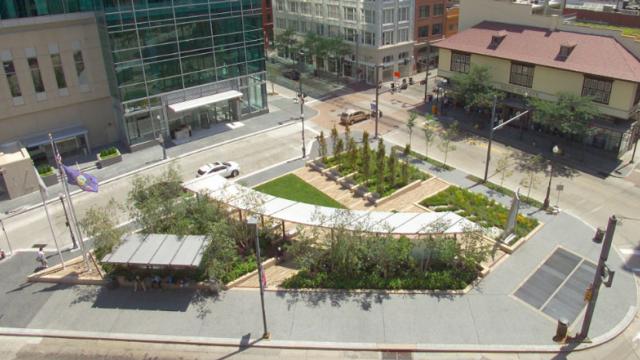


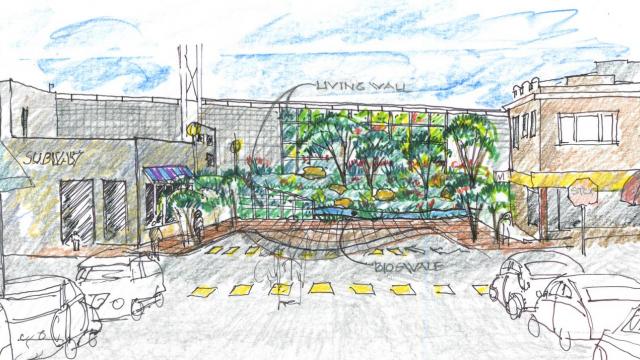

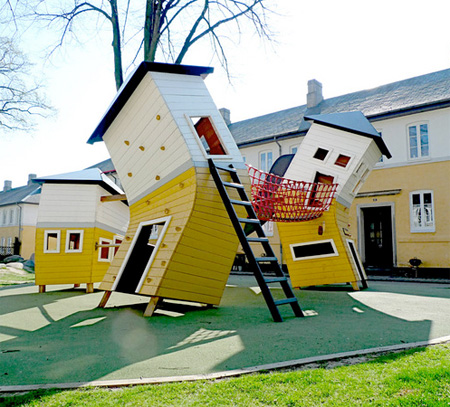

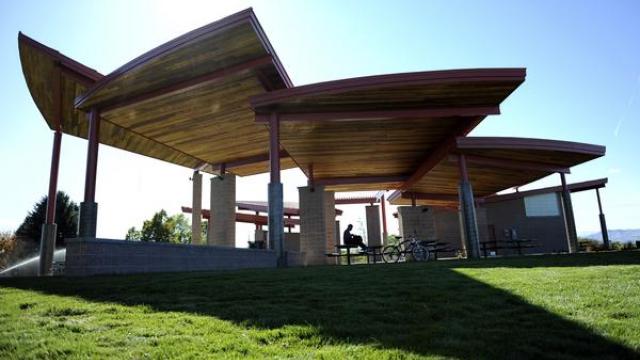


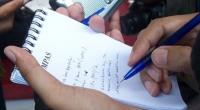
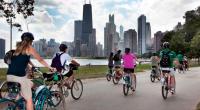



_0.jpg)
_0.jpg)
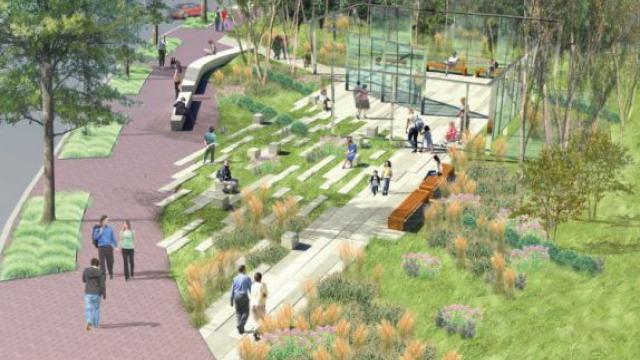
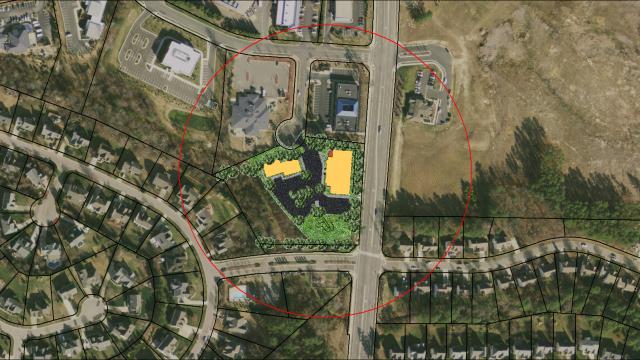
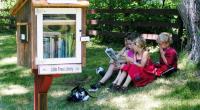
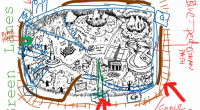



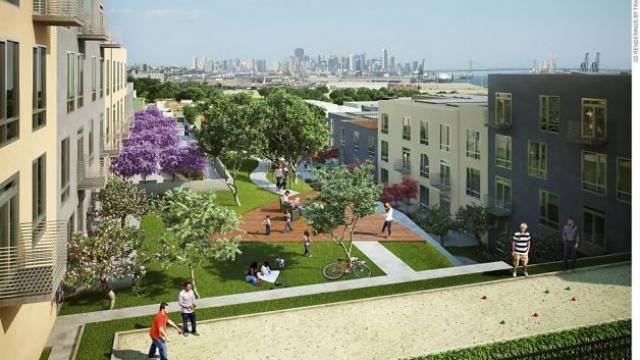
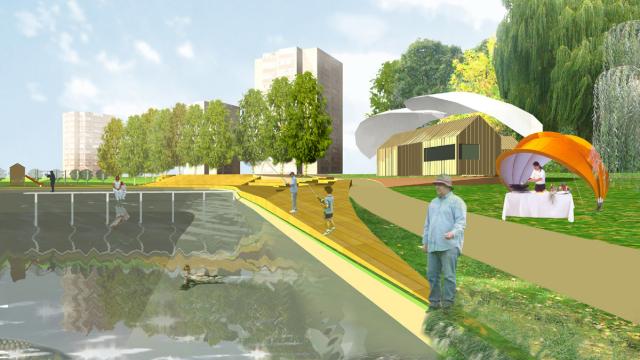







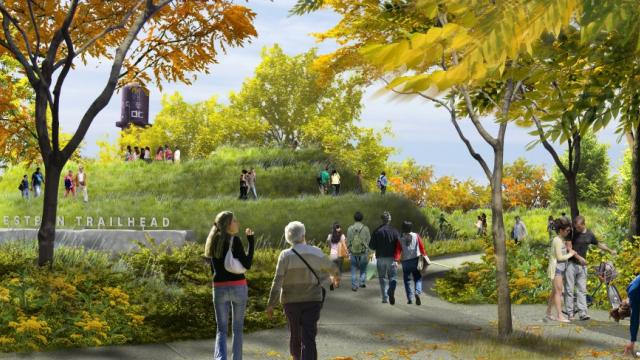
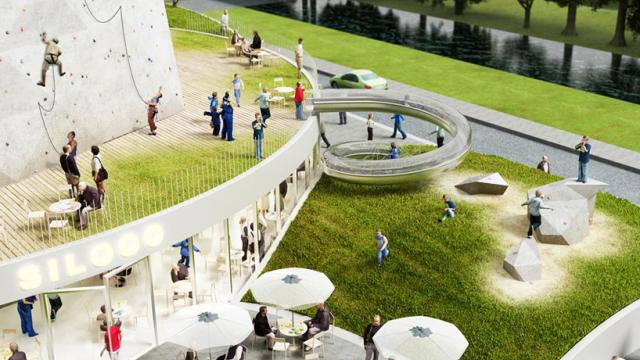
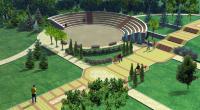








Comments
awesome data gathering and geo-planning
Thanks 489549!
Users will enjoy the spaces you have created with the multitude of nodes pathways and angular walkways. Continue to develop the project with additional standard elevation, plan and section drawings.